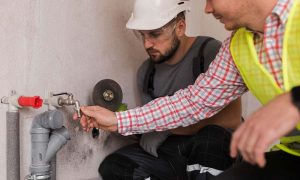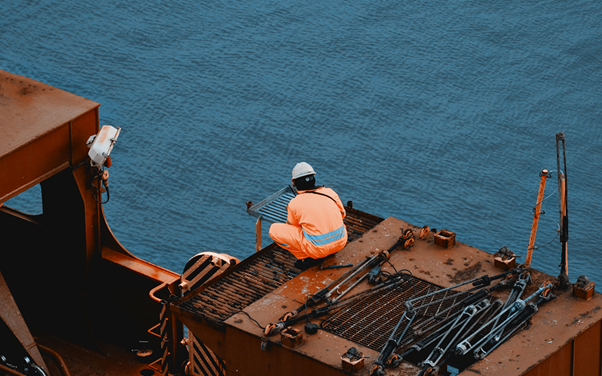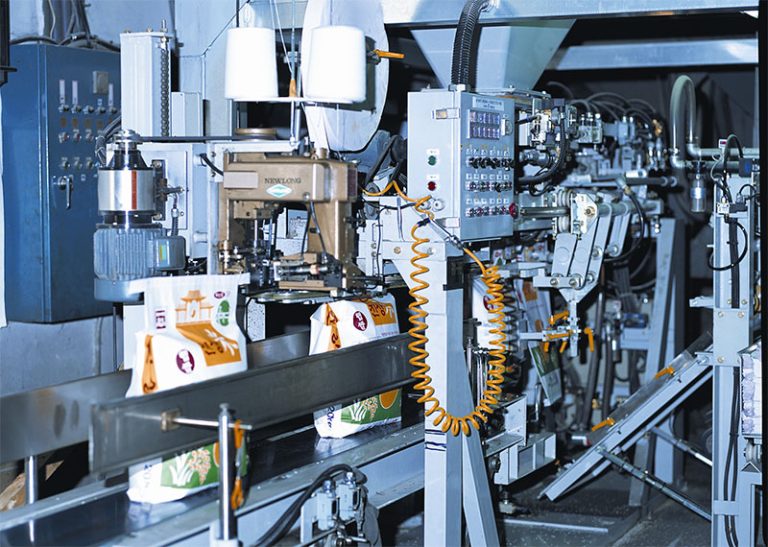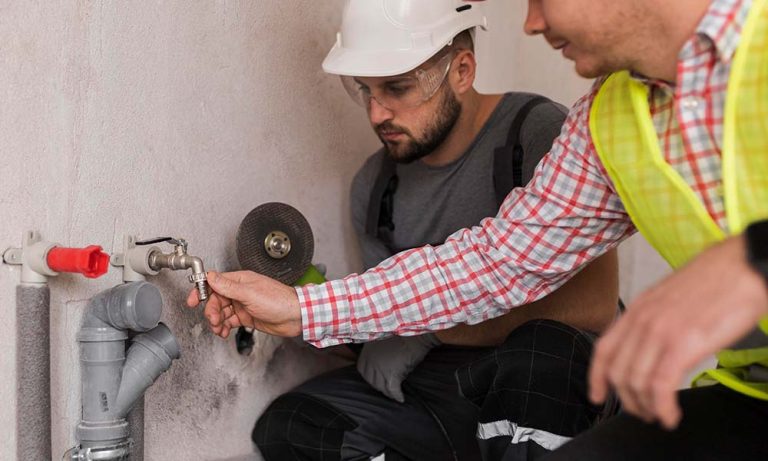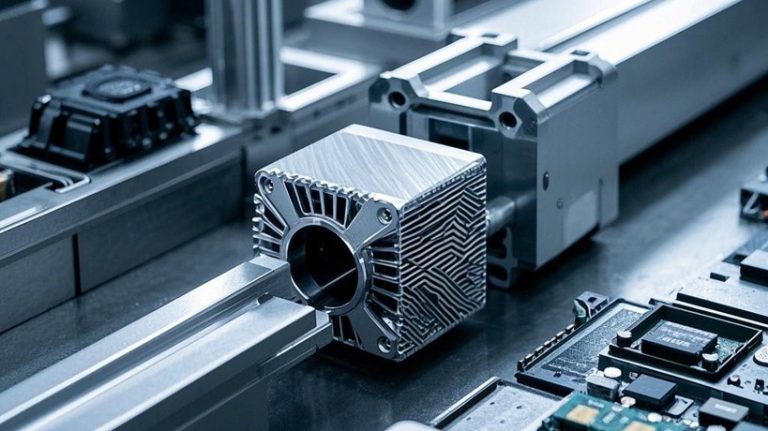Modern marine environments demand strict fire safety control. Ships operate in confined spaces, flammable materials, and complex machinery. Fire detection systems play a critical role in preventing catastrophic incidents and ensuring compliance with international marine safety regulations. Understanding how fire detectors function within marine fire safety protocols helps operators maintain operational standards and avoid penalties.
Ensuring Continuous Monitoring in Hazard-Prone Areas
Marine vessels have high-risk areas such as engine rooms, fuel storage spaces, control panels, and accommodation quarters. These spaces require constant monitoring due to their high flammability risk. Fire detectors installed in these sections must perform under extreme humidity, vibrations, and temperature variations.
Vessels sailing internationally follow the International Maritime Organization’s (IMO) fire safety codes. These codes require ships to equip themselves with fire detection systems that respond rapidly and remain functional in harsh marine conditions. A well-integrated system covers all decks, machinery spaces, and ventilation paths, allowing early fire detection and immediate response.
Smoke detection technologies, including ionisation and photoelectric detectors, help crews identify fire incidents at their earliest stages. This immediate alert enables crews to isolate sources, activate suppression equipment, and follow safety protocols without delay. Crews also monitor systems from a central control unit, ensuring fast communication and action from any point onboard.
Meeting Marine Safety Authority Compliance Standards
Compliance remains non-negotiable in the maritime industry. Regulatory bodies conduct strict inspections before allowing vessels to operate. Installing certified fire detection systems with approved fire detectors ensures that ships pass audits and maintain valid certifications.
Systems must comply with standards set by organisations such as SOLAS (Safety of Life at Sea), Lloyd’s Register, and ABS (American Bureau of Shipping). These standards define the layout, sensor technology, response speed, and installation procedures for fire detection equipment. Failure to follow these regulations results in grounding, fines, or revoked operation licences.
Each fire detector needs to be placed in specific zones based on risk assessment reports. Detectors in high-traffic corridors, stairwells, and control cabins enhance crew response times. Alarm interfaces should integrate with suppression mechanisms like CO2 systems or sprinkler units to minimise spread. Accurate configuration prevents false alarms while maintaining reliable detection.
Periodic system testing and scheduled maintenance confirm functionality. Crews must document inspection records and test results to submit during port authority checks. These routines help build a strong safety culture onboard, ensuring continuous compliance and operational readiness.
Supporting Response Efficiency During Onboard Emergencies
Fire outbreaks onboard demand a fast reaction. Smoke inhalation and heat escalation become life-threatening within minutes. Fire detection systems assist in narrowing response time and preventing mass casualties or cargo damage.
Once a fire detector triggers, automated systems activate audible alarms, emergency lighting, and control room alerts. Pre-set response sequences guide crew actions. Immediate notification allows the crew to isolate affected areas, engage suppression tools, and direct passengers toward safe exits.
Efficient fire detection systems reduce dependency on manual discovery. Instead of waiting for visible flames or heat, smoke sensors deliver real-time alerts from concealed compartments. This proactive alerting process supports safe evacuation and fire containment.
Modern systems also integrate with remote monitoring software. Control stations onshore receive alerts, allowing external support teams to guide emergency protocols while the crew manages the situation on board. These measures strengthen safety assurance during long-distance voyages, especially where immediate rescue remains unavailable.
Fire drills and training exercises based on system layouts prepare the crew for real-time scenarios. Systems with easy-to-read control panels, location-specific alerts, and intuitive functions reduce confusion during emergencies. Properly maintained fire detection systems remain critical to crew survival, ship integrity, and voyage continuation.
ALSO READ: Protect Your Assets and Crew With Atlas Technologies and Fire Systems by Johnson Controls
Enhancing Fire Risk Management in Modern Shipbuilding
Shipbuilders continue adopting smarter safety technologies to align with stricter regulations. Fire detection systems now come with advanced features, including addressable sensors, automated diagnostics, and integration with vessel management software.
Each fire detector now contributes data toward vessel-wide risk assessments. Engineers use detection system data to improve insulation, relocate electrical fittings, and seal hazardous compartments. Builders also design dedicated control rooms where safety managers track all zones using touchscreen panels and real-time feedback.
Investing in reliable fire detection systems during construction reduces retrofitting costs later. Ships launched with tested and compliant fire detection technology avoid inspection delays and retrofit penalties. Builders gain trust from clients, operators minimise liability, and insurers grant more favourable terms when risk control systems meet marine standards.
Advanced fire detectors also support predictive maintenance. Alerts for dirty sensors, fault conditions, or power supply issues reduce downtime. Operators act early, preventing malfunctions during voyages. These capabilities reduce long-term maintenance costs and increase the operational life of detection systems.
As marine operations adopt digital transformation, integrating detection systems into unified safety platforms ensures seamless response coordination. Centralising fire safety, navigation, communication, and fuel control improves efficiency, reducing risk across vessel operations.
Conclusion
Fire detection systems contribute to every stage of marine fire safety—from early risk identification to efficient emergency response and compliance assurance. Each fire detector strengthens protection in confined environments, helping crews meet international regulations and safeguard lives.
Visit Atlas Technologies Corporation to explore certified fire detection systems that support your marine safety compliance goals.



